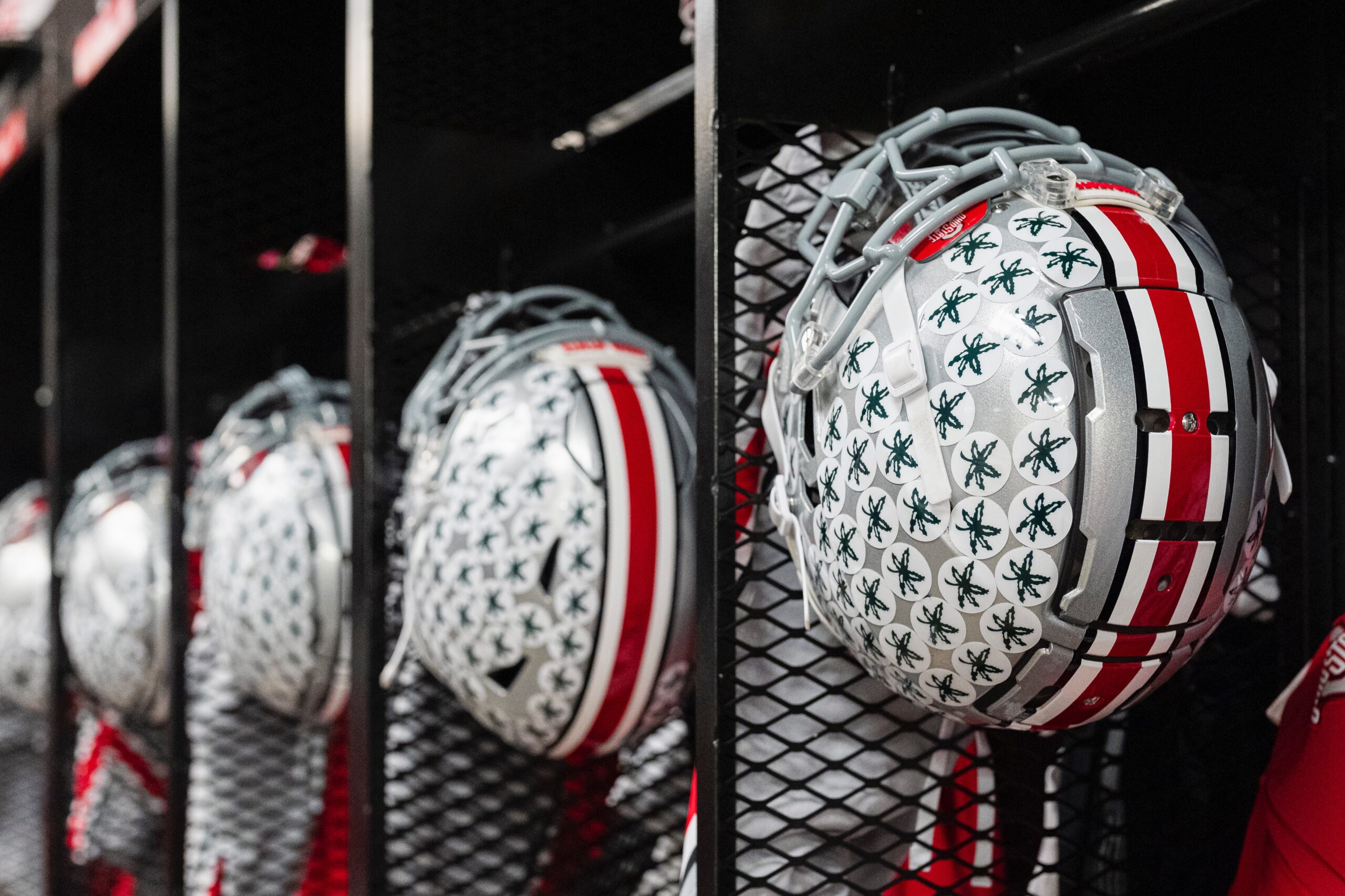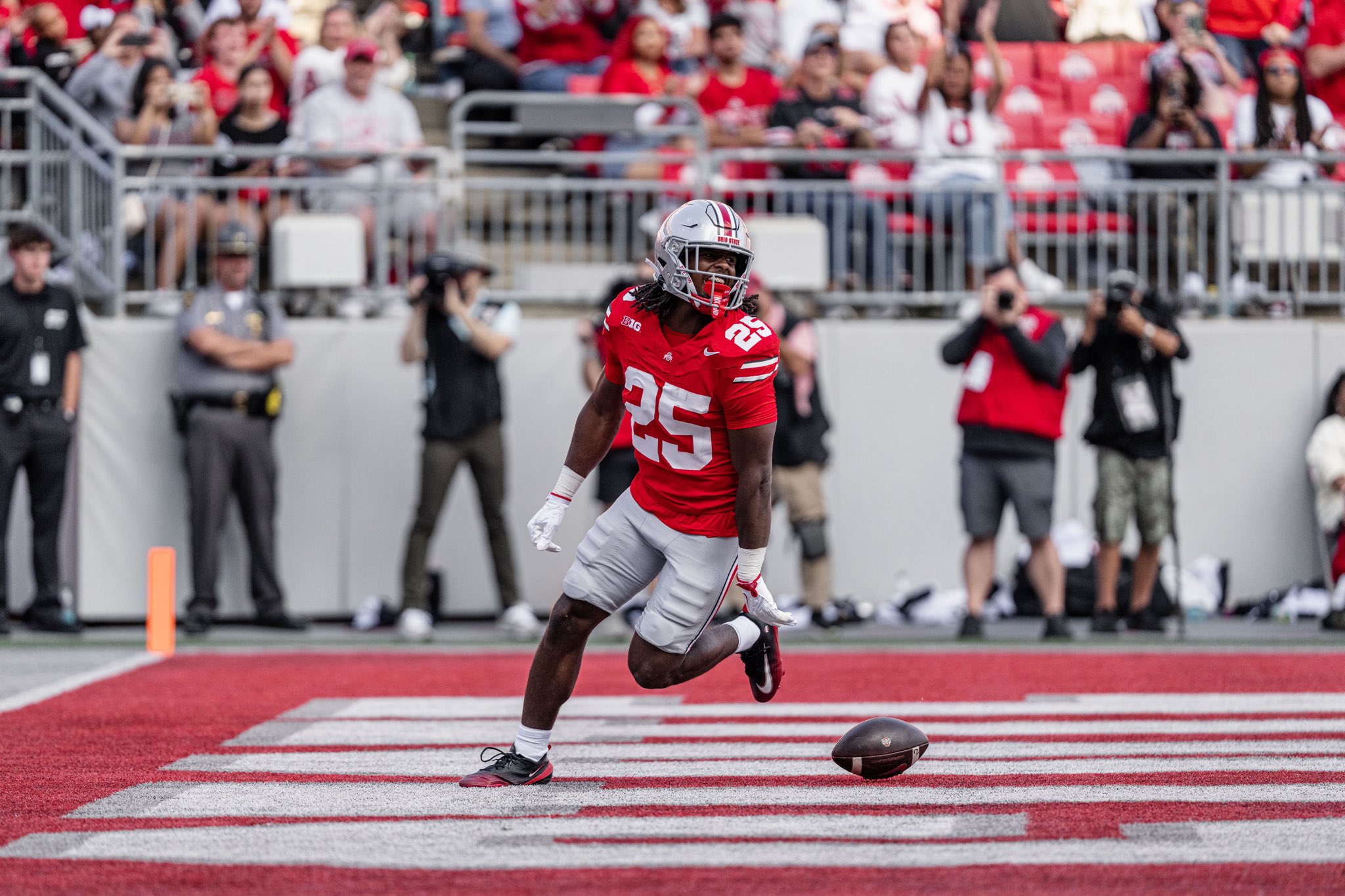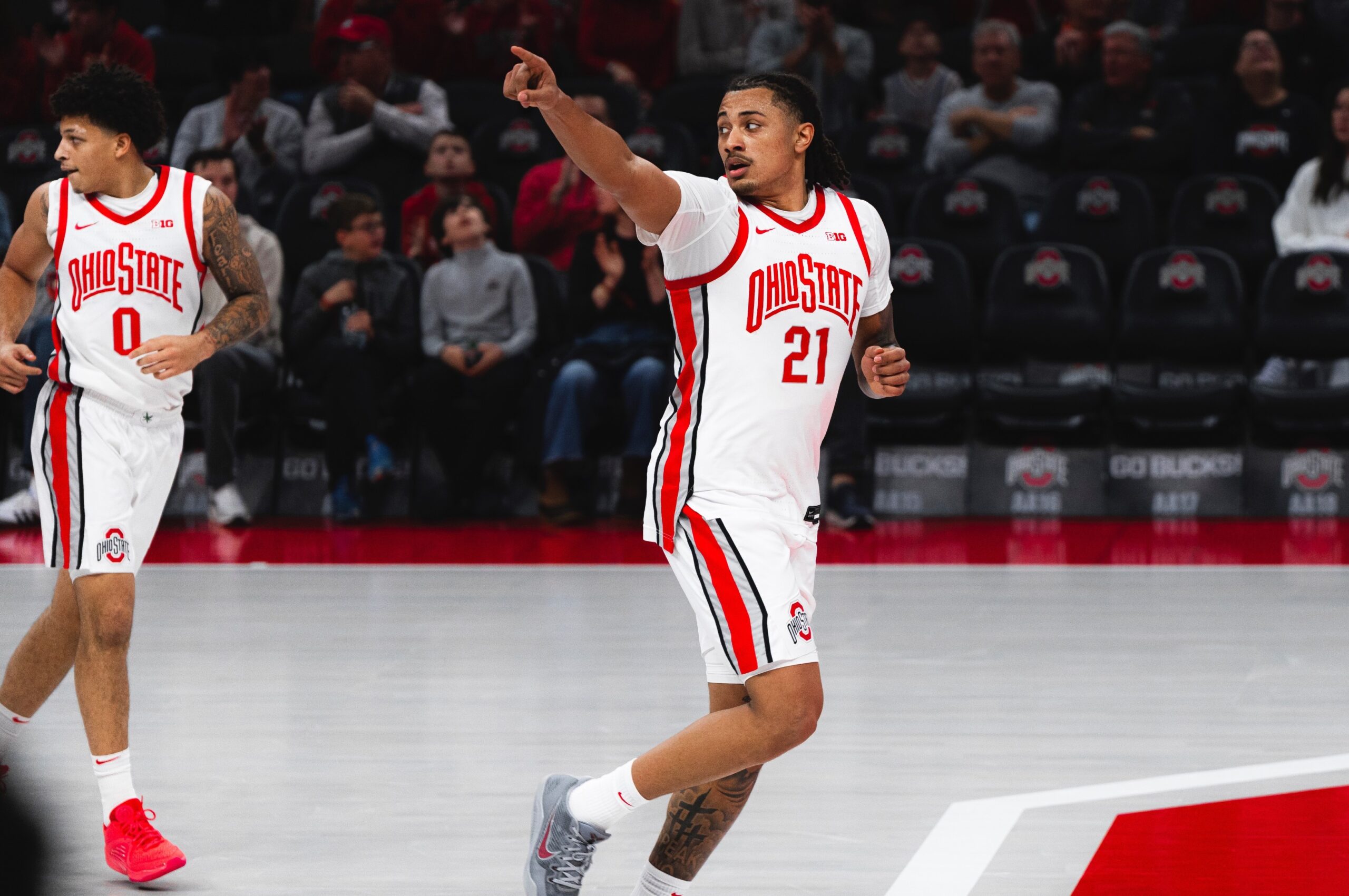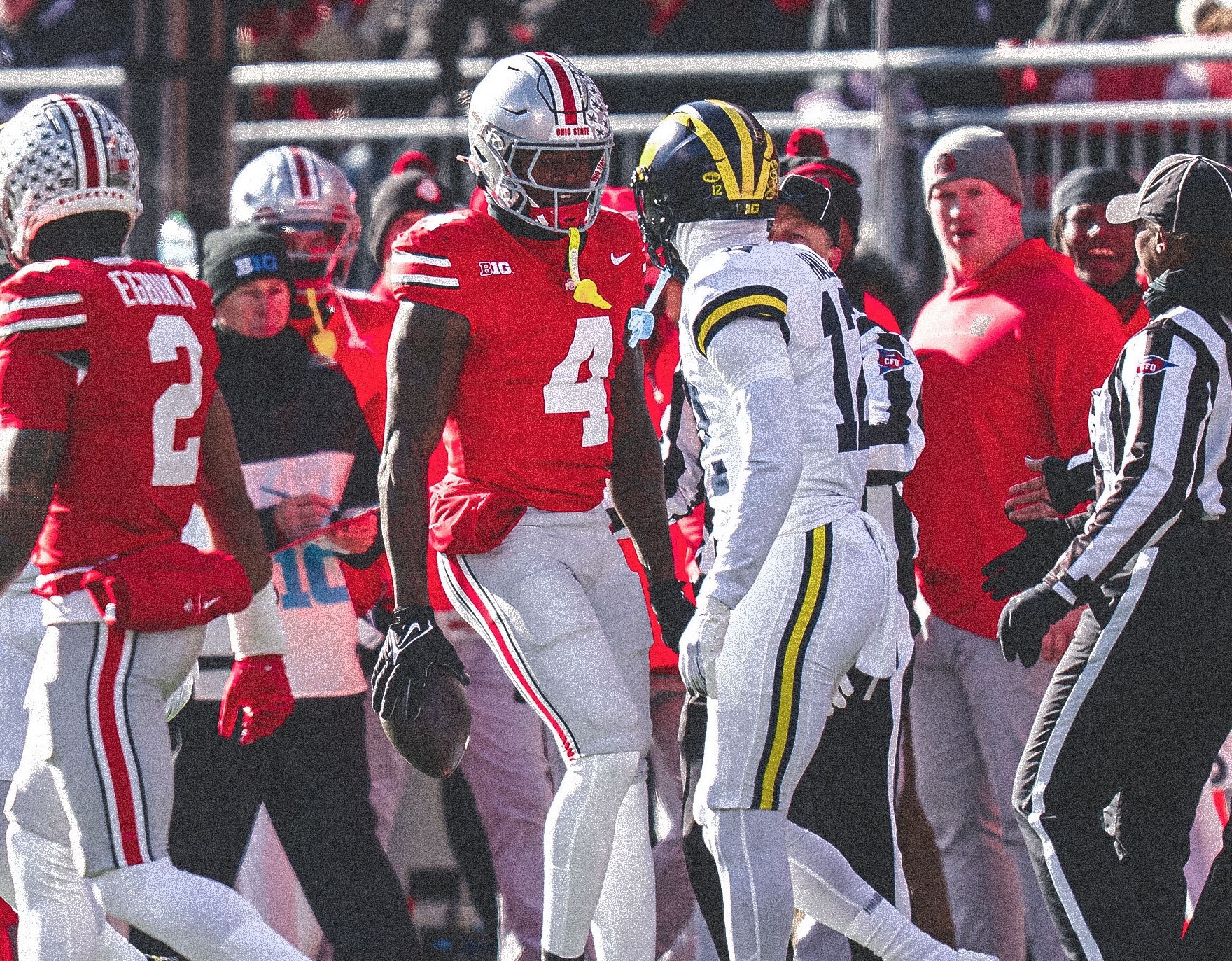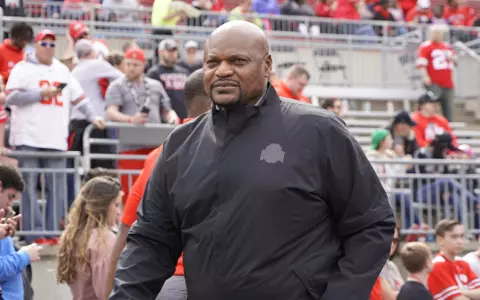
Buckeye Nation lit up social media following the news that prized defensive end Carter Meadows committed to Michigan after reportedly receiving an NIL offer worth over $1 million. For many fans, Meadows was a high-priority target in the 2025 class—an athletic, high-upside edge rusher from Washington D.C. whose frame and potential made him a favorite among Ohio State recruiting followers. But the collective panic in Columbus needs to be met with perspective. While losing a top target to the team up north always stings, it doesn’t mean the Buckeyes are suddenly broken on the recruiting trail. In fact, when you understand the full picture, it becomes clear that Ohio State is playing the NIL game with wisdom, integrity, and long-term championship vision.
Ohio State’s approach to NIL is built around a model that mirrors professional sports management—there’s a budget, and that budget functions like a salary cap. Contrary to fan assumptions, the Buckeyes are not sitting on an endless supply of donor cash. And while it’s true that wealthy boosters support the program, their funds are distributed carefully, especially given Ohio State’s commitment to all 36 varsity sports. This broader athletic commitment puts Ohio State at a relative disadvantage compared to many SEC programs, which often operate with fewer sports and can funnel more resources into football. Still, Ohio State chooses to do things the right way, and that includes maintaining balance and financial responsibility across all sports.
NIL resources at Ohio State are broken down into three key priorities: player retention, the transfer portal, and recruiting. The Buckeyes allocate their NIL funds strategically, ensuring current players are rewarded, while also staying competitive in the transfer market and selective in recruiting offers. Promising massive sums of money up front to high schoolers who may not play early doesn’t align with that strategy. That’s particularly true for positions like offensive and defensive line, where player development typically takes multiple seasons. Overpaying for potential rather than proven production is a gamble that could backfire—and Ohio State isn’t interested in betting the future of the program on short-term flash.
A major reason for this structure is accountability. Ohio State was one of the first programs to bring NIL collectives in-house to better manage contracts and ensure athletes actually receive what they’re promised. Around the country, many programs are overpromising and underdelivering—setting themselves up for financial chaos, fractured locker rooms, and reputational damage. Ohio State refuses to make promises it can’t keep. That foresight will prove invaluable in the long run, especially when the inevitable NIL regulation “guardrails” are enforced at the national level.

There’s also a key issue of locker room chemistry. What message would it send if a freshman who’s never taken a snap earns more NIL money than someone like Kenyatta Jackson Jr. or Caden Curry—players who’ve put in the work and earned their place? Ohio State’s coaches, especially Ryan Day, understand how fragile locker room dynamics can be when money becomes a divisive force. Protecting team unity and rewarding development over hype has allowed the Buckeyes to maintain a culture that builds champions, not egos.
When critics point fingers at Larry Johnson and blame him for recruiting misses like Meadows, they ignore the incredible consistency and success Johnson has had developing NFL-caliber defensive linemen. No other program put four starting defensive linemen into the 2024 NFL Draft. That isn’t a fluke—it’s a result of Johnson’s unmatched ability to develop players, not just chase stars. Dismissing that track record because a teenager chose another school is shortsighted at best and ignorant at worst.

Additionally, fans need to understand that Ohio State’s recruiting model has proven results. The Buckeyes won their most recent national championship on the back of culture, player development, and integrity—not overpaid hype. Ohio State isn’t trying to be Texas A&M or Colorado, where buying No. 1 recruiting classes leads to roster instability and mass transfers. Instead, they’re building rosters that peak when it matters most, filled with upperclassmen who stuck around because they believed in the process, not just a paycheck.
So, while losing Carter Meadows to Michigan is disappointing, it doesn’t define the state of Ohio State football. The Buckeyes are still stacking top-five recruiting classes, even with a more disciplined NIL approach. They’re winning transfer battles. They’re retaining star players. And most importantly, they’re winning on the field. Fans should take pride in a program that’s doing it the right way—honestly, responsibly, and with a plan that leads not just to one championship, but to sustained excellence. That’s what separates Ohio State from the rest, and it’s why the future in Columbus is still incredibly bright.


